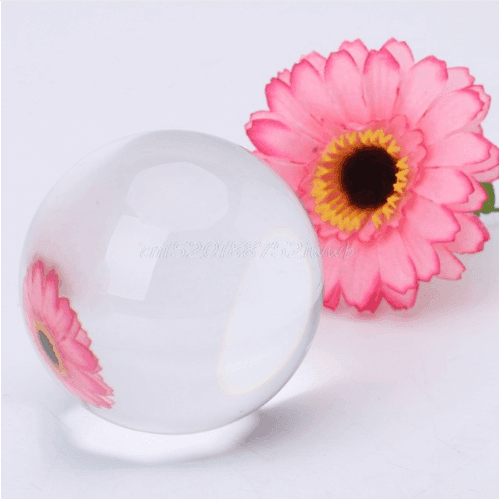 admin
admin
 Jan 16,2018
Jan 16,2018

Contact juggling ball is the ability to manipulate one or more balls while still in contact with your body. This usually involves the ball rolling from one part of the body to the other in a smooth, fluid motion. Any object contact with the body props operation known as the contact juggling, So when you are boring at work with your finger rotating the pen, you have been contact juggling. The Harlem Globetrotters basketball team have been entertaining people for decades with their combination of basketball skills and behind the neck rolls, arm rolls, spinning balls on fingers etc. When they manipulate the ball of the whole body, this is a very interesting example of contact juggling.
Many people first contact juggling is David Bowie starred in a movie called “Labyrinth” is in. It looked like David Bowie was doing the tricks, but both hands actually belong to Michael Moschen, the man who started the entire juggling. The latest “juggling” boom has started in 2010, known as the “Fushigi Gravity Ball”, such a new wave is being drawn to this visual art.
what do I need to do?
You need a ball that is at least slightly bigger than a normal juggling ball. Plastic billiards are ideal for beginners. The ball should be hard and smooth (for example, not sticky) as it will roll over a part of the body. You can use an acrylic ball, but it is much safer to practice with billiards until you have mastered the basics. If you indulge in contact juggling, You will need more than one ball.
The first move - butterflies
This trick is one that can be returned to after many other tricks, so practice it well before moving on to the other tricks. This move is difficult, so be prepared to take a few hours or even weeks or months to properly master this technique. Butterflies need to be broken down into several parts. The first part lets you practice the beginning and end of the last move.
Pick up the ball you like in your hand. Put it on the palm of your hand, point out with your finger (eg, a right-hander will point his finger to the right).
Manipulate the ball. Let it roll in your hand. This will make you accustomed to the weight and feel of the ball. Try a little throw, and make sure that the catch is smooth and graceful.
Change your hand so that it points down in the palm of your hand and your finger points in the opposite direction (your hand will be on the other side of your body.) Place the palm in front of the first knuckle of the middle finger between the ring and the index finger (fingers on both sides of the middle finger). This handle is called the cradle, if your middle finger slightly below the other two fingers, then keep the ball still much easier.
Try throwing a few balls from this position (little pitching). The last step is to make the best possible transition between the two steps you have just practiced. The next few exercises will help you perfect the butterfly. You are about to practice shooting and catch the ball, will help you accustomed to manipulating the ball, but the last butterfly stroke skills do not require the ball to leave your hand.
Now we need to get the timing right. Try to throw the ball from one position to the other. Don’t worry about dropping the ball. This is bound to happen. Just keep trying.
Now try to balance the ball in the palm, then roll to the top of your middle finger, throw it to the air and place it in the cradle.
Now try the same move, but on the contrary. From the cradle, roll it to the top of the middle finger, throw it up and hold it on the palm of your hand.
Final step is to perform the butterfly without the ball being in the air at all. If you get stuck on this part, then go back and practice all of the previous moves over and over again.
In a steady motion, roll your palms from your middle finger to the cradle, then back again.
Some tips for you: Many jugglers stand by the bed. This means that when a ball inevitably falls, it lands on a soft surface within an easy-to-reach distance. Other interviewing jugglers prefer to sit on a gym mat or on the floor. This also means that the ball will not fall on the toes from a height. Practice with both hands. Once you have studied the butterfly and all the other movements with one hand, learn with other people.
